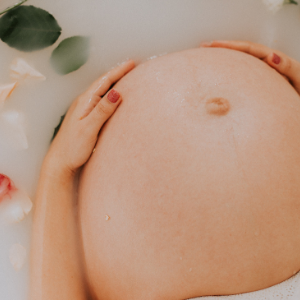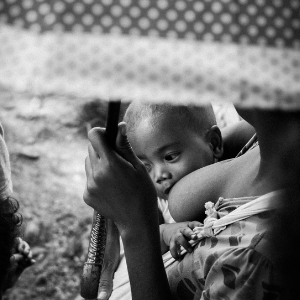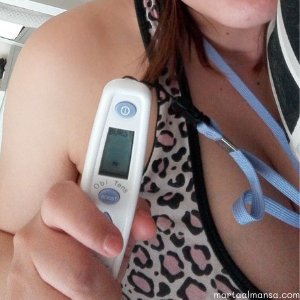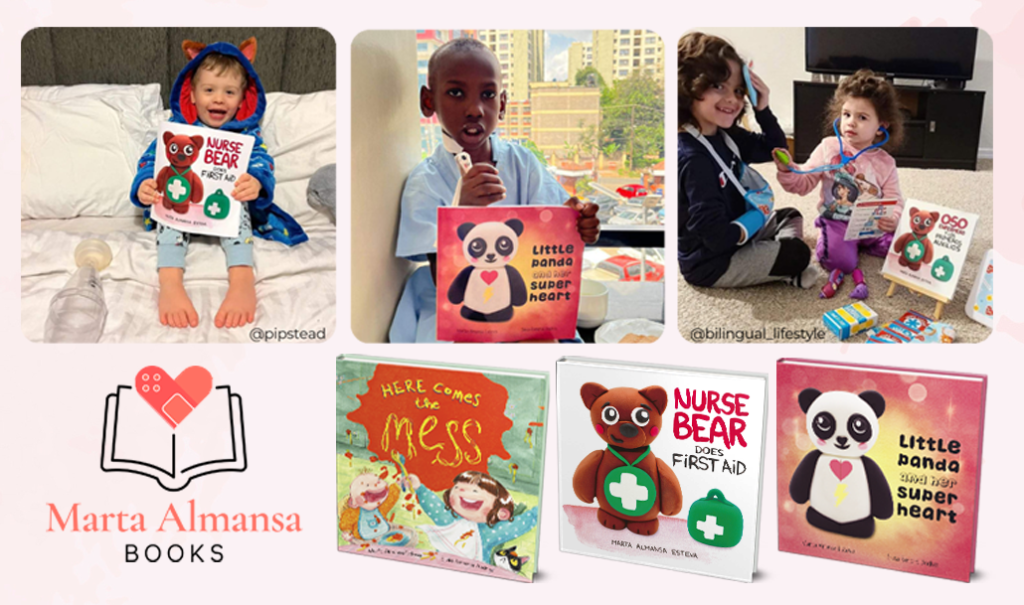Umbilical Cord Care at Home: what to do when you get home
The umbilical cord is the connection between the baby and the mother throughout the pregnancy. After the baby is born, the umbilical cord is clamped and cut off. But what happens when you get home? In this post we’ll talk about the basics of Umbilical Cord Care at home.
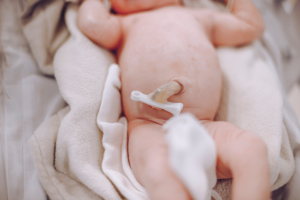
The umbilical cord during pregnancy
The umbilical cord is the connection between the growing foetus and the mother through the placenta from week 6 of pregnancy until birth. Thanks to the two umbilical arteries and one umbilical vein, the umbilical cord supplies the foetus with oxygen and nutrients while it also allows residual waste to get out of the womb.
What happens after birth?
Within a few minutes after the baby is born, the midwife will clamp the umbilical cord with a plastic clip or a tie. The clamp helps to stop the bleeding. Then your birth partner or the midwife will cut the cord close to the navel and leave a small part with the plastic clip attached. This is called the umbilical cord stump.

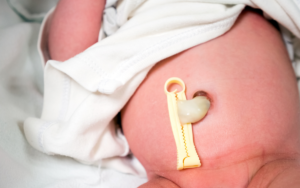
When does the umbilical cord stump fall off?
The umbilical cord stump soon starts to dry, and it turns black and stiff. The cord stump usually dries out completely and drops off between 5 and 15 days after birth. If you baby has received antibiotics or the area has become infected it may take a little bit longer. We’ll talk about signs of infection to look out for later in this post.
It’s good to know that the umbilical cord has no nerves, and therefore the baby does not feel any pain or discomfort while it dries or when it falls off.
After the stump falls off, you might see small amounts of sticky discharge where the cord was attached to the skin. This is normal and it may last for a few days.
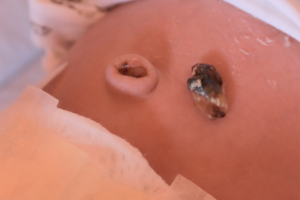

Umbilical Cord Care at home
Until the umbilical cord dries and drops off, it’s very important to keep it clean and dry. The basics of Umbilical Cord Care at Home are:
- Always wash your hands with soap and water before and after doing any baby cares, including cleaning the umbilical cord.
- If possible, leave the umbilical cord exposed to air or covered with loose clean clothes. This helps to avoid irritation and promotes healing.
- Fold the nappy down under the cord (like the image below) to encourage drying.
- Avoid touching the cord to reduce risk of infections.
- Only clean the umbilical cord if it gets dirty with urine or stools. Gently clean it with water and dry it carefully after.
- Until the cord has separated and it has dropped off, do not immerse the cord in water. If you are giving a bath to your baby, just give a shallow bath.

What you should NOT do
- Do not clean it with alcohol or alcohol wipes.
- Do not apply products to the cord (such as baby creams, lotions or oils).
- Do not pull off the cord stump yourself. It will fall off on its own when it’s dry enough and ready.
When to seek help from a healthcare professional
Tell your health visitor, neonatal nurse, midwife or GP if…
- You notice redness or inflammation, swelling, and/or tenderness around the tummy button area.
- There is an offensive smell, discharge (yellow or green liquid) and/or pus from the area.
- You see any bleeding coming from the umbilical cord.
- Your baby is not feeding well, is more lethargic and/or has a high temperature.
These are signs of infection and a healthcare professional will be able to assess the baby and the umbilical cord and decide if there is a need for prompt treatment.
See other posts about health or other topics.
*All images used in this post are from free stock sources.

